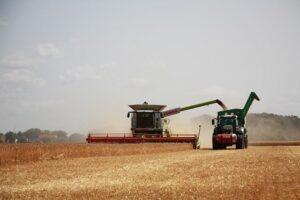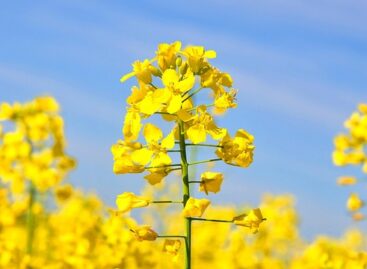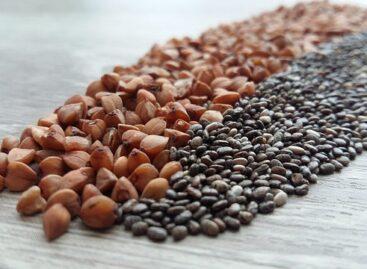The harvest of the ear crops in Békés county has been completed
The harvest of the ear crops in the Békés county has been completed, the yield averages of winter wheat and barley were better than last year, although the farmers sowed less acreage.

(Photo: Pixabay)
Farmers sowed winter wheat on less than 96,000 hectares instead of last year’s 106.7, harvesting 575,700 tons, the average yield was 6 tons per hectare. 170 thousand tons of autumn barley were harvested from about 28 thousand hectares (45.67 hectares were cultivated last year), with an average yield of 6.1 tons. Autumn cabbage rape was produced on 9,000 hectares, 18,000 tons were stored, the average yield was 2 tons per hectare. 9,000 tons of spring barley were harvested from 2,000 hectares with an average of 4.5 tons, the Békés County Directorate of the National Chamber of Agriculture told MTI on Monday. The experts of the local harvest coordination committee established that the yield results of the autumn ear crops are higher than the yield average of the last years (last year, for both winter wheat and barley, it was 5.2 tons per hectare in 2023); on the other hand, autumn rapeseed rape and seed peas achieved a negative record (rapeseed in 2023 was grown on more than 10,000 hectares, with an average yield of 3.1 tons).
The members of the committee considered the quality of the wheat to be better before the rain that came about halfway through the harvest; after that they found that it was about half and half mill quality and feed quality. After the rains, several signs of fungal and bacterial infection were also observed.
A ton of autumn barley for HUF 50-52 thousand rapeseed is bought for HUF 170-180 thousand. The price of feed quality wheat is 62-64; mill quality ranges from HUF 66,000 to HUF 68,000. There are no problems related to storage capacity in the county. At the meeting of the committee, it was said that so far claims have been made for 900 parcels, about 9,000 hectares, so far the agricultural department of the county government office has received nearly the same number of damage reports due to storm damage and drought. However, the warm, low-precipitation weather predicts an increase in drought damage – experts believe. The effects of the drought can already be felt on the corn crops – the harvest of which begins roughly at the same time as the sunflower, in August.
MTI
Related news
Tomatoes that stay fresh for two months? Indian innovation could open a new chapter for smallholder farmers
🎧 Hallgasd a cikket: Lejátszás Szünet Folytatás Leállítás Nyelv: Auto…
Read more >Rapeseed prices have decreased in Hungary
🎧 Hallgasd a cikket: Lejátszás Szünet Folytatás Leállítás Nyelv: Auto…
Read more >Organic farming on a growth trajectory, the size of the eco-area is now stable at over 300 thousand hectares
🎧 Hallgasd a cikket: Lejátszás Szünet Folytatás Leállítás Nyelv: Auto…
Read more >Related news
Retail sales in a trap of uncertainty
🎧 Hallgasd a cikket: Lejátszás Szünet Folytatás Leállítás Nyelv: Auto…
Read more >KSH: retail turnover in October exceeded the same period of the previous year by 3.1 percent and the previous month by 0.5 percent
🎧 Hallgasd a cikket: Lejátszás Szünet Folytatás Leállítás Nyelv: Auto…
Read more >Tradition and innovation characterize this year’s Christmas candy market
🎧 Hallgasd a cikket: Lejátszás Szünet Folytatás Leállítás Nyelv: Auto…
Read more >






